Stories
Thale Noi Peat Swamp Forest, Thailand
Aug 29, 2022 by Irene Chooi
It was pouring with rain the first time we met our Peat Hero, Dr. Cherdsak Kuaraksa. An imposing but affable man, the Thale Noi Wetland Foundation secretary greeted us with a beaming smile after throwing himself into our van and shaking off the water droplets on his clothes.
The team had landed in Thailand barely two hours ago and were on our way to Phatthalung where we would be staying and engaging with the local community for the next few days. We were tired but buzzing with excitement, eager to meet our lead trainer for the Thailand Peat Ranger Programme.
The team had been fans of Dr. Cherdsak’s work for a while, admiring his tenacity and passion in championing peatlands in his hometown of Phatthalung. Finally being able to meet him in person was one of the most anticipated highlights of the trip and our first impression of him did not disappoint.
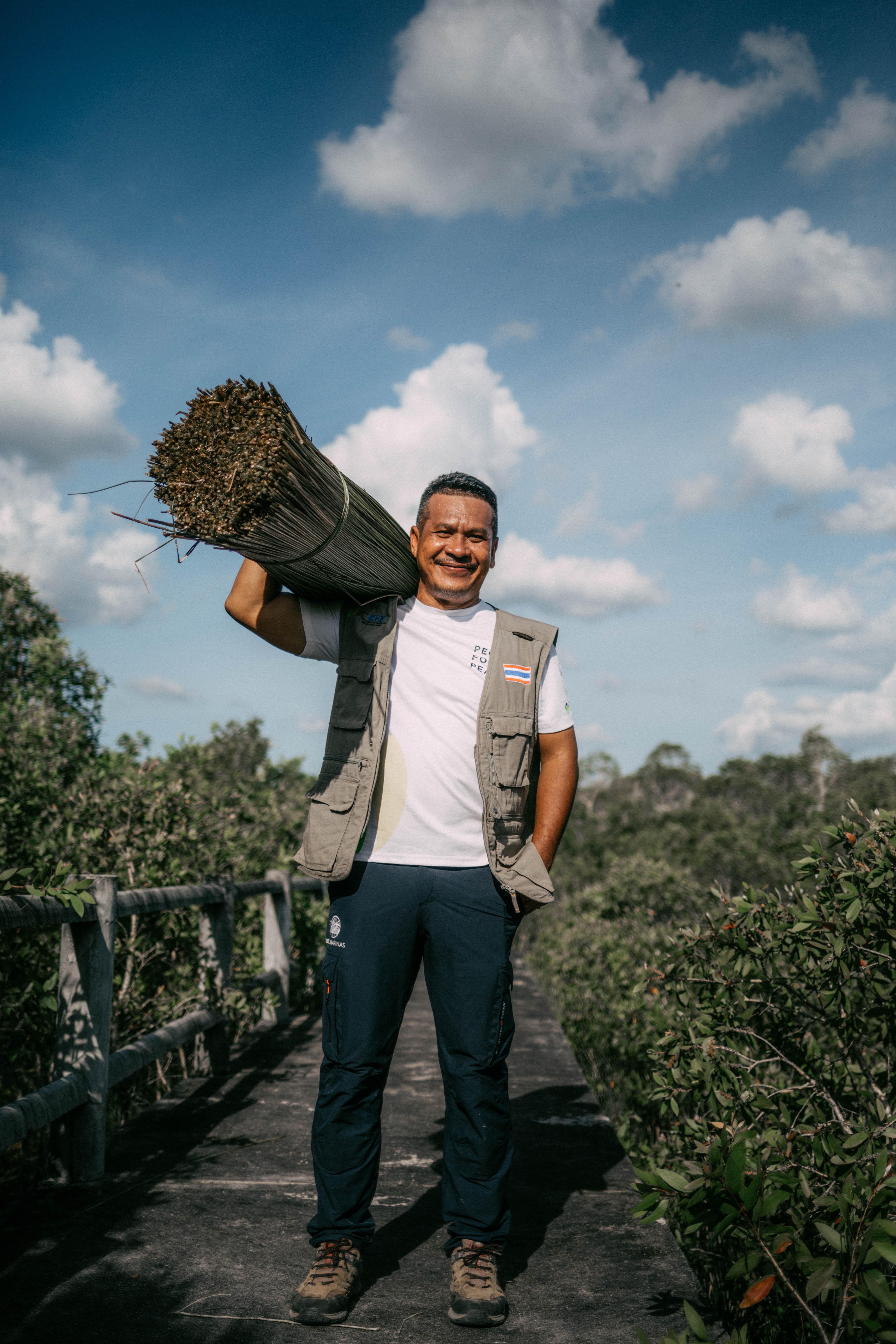
After settling down in our seven-seater, he quickly gave the driver directions to a popular local dinner spot and gave us a quick history lesson of the area we would call home for the next few days.
Phatthalung province is a hidden gem in the South of Thailand. Popular among eco-tourists, it is perhaps most famous for being home to the first non-hunting area ever founded in Thailand – the Thale Noi Non-Hunting Area – which consists of peat swamp forests, rice fields, and lush grasslands which give life to an abundance of flora and fauna, including gorgeous lotus fields and over 280 species of waterfowls. The Kuan Ki Sian Peat Swamp in the area around Thale Noi is also celebrated as the first Ramsar site of Thailand.
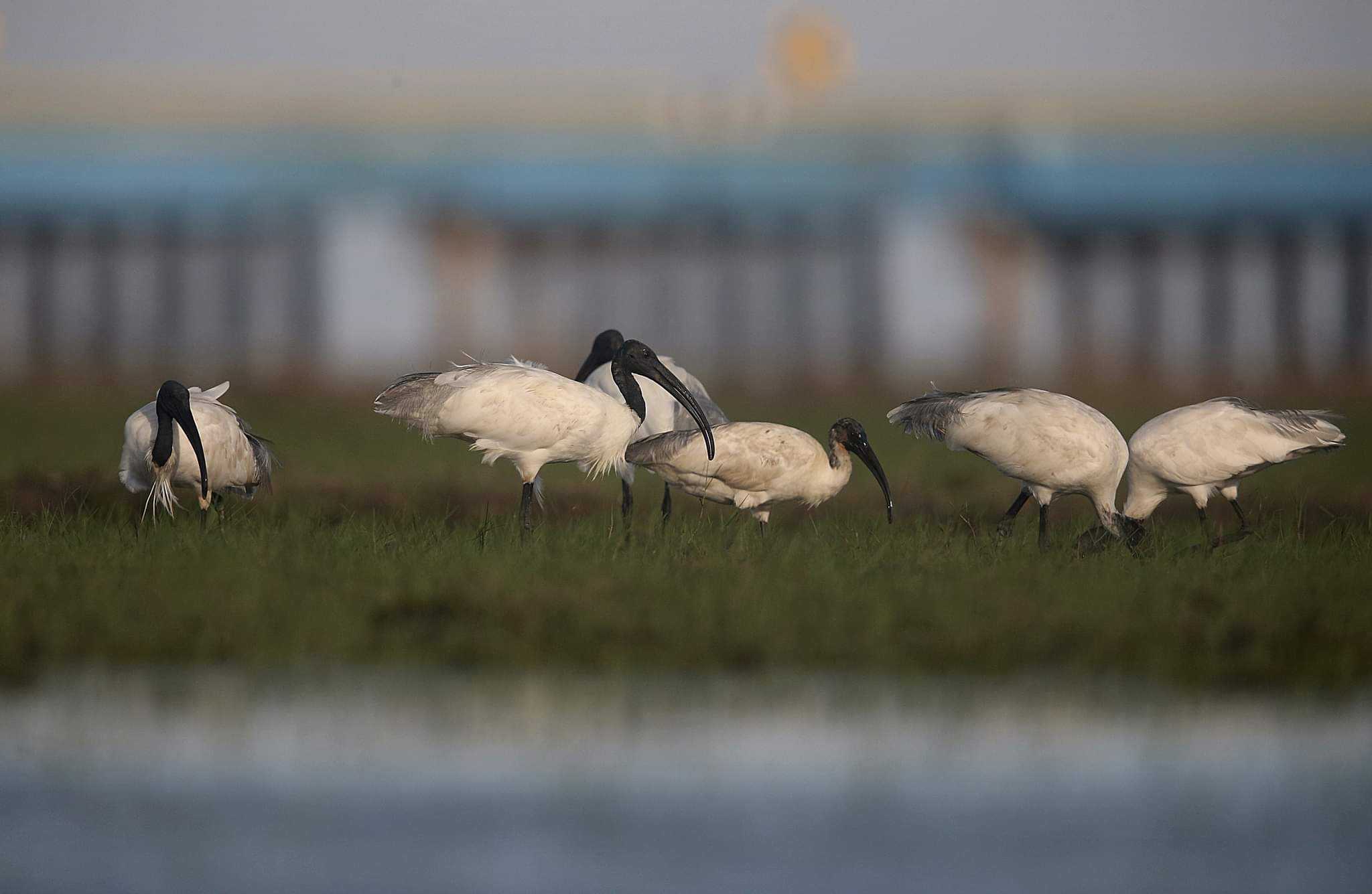
As we skimmed the waters of Thale Noi on a long, thin speedboat the next morning, handsome waterfowls greeted us from afar, luxuriating in the knowledge that their nesting sites and food sources are safe in this protected area. While it is a non-hunting area, Thale Noi is unique in that it allows local communities to make a living off its resources as long as they adhere to a strict list of what they are allowed to harvest. However, not all is well in paradise. Dr. Cherdsak, who has been working with the local community for the past six years, told us local fishermen are struggling to make a living off these once fertile wetlands because of declining biodiversity.

Part of the problem is a beautiful but dangerous invasive variation of water lettuce that is choking the lake. This species from South Africa emerged just three years ago and is already threatening local vegetation by taking up valuable real estate on the water. The fast-growing floating plant also cuts off sunlight and oxygen to the lake floor and is notoriously difficult to kill. Dr. Cherdsak said ruefully, “We tried removing them and even considered burning them, but if you have just one left on the lake, it will multiply and can cover 10,000 hectares in just three months”.
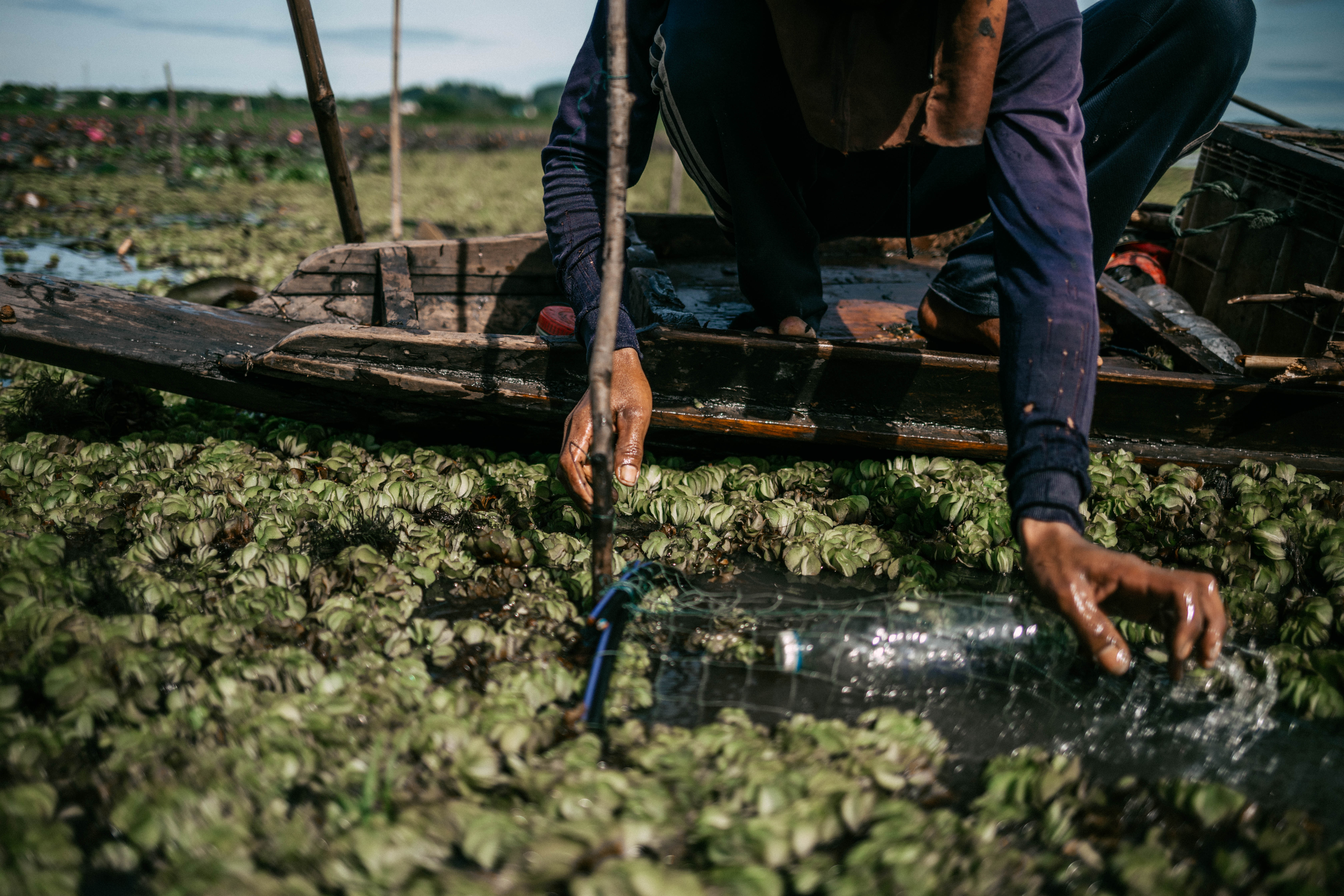
Illegal fishing with electrical nets is another problem. The illicit fisherfolk catch everything from fish to birds and snakes, severely decimating the local wildlife population. Authorities have stepped up enforcement, but there is only so much they can do in a park covering a vast area of almost 46,000 hectares.
The decline of biodiversity is dangerous on many levels. Not only does it result in a disruption to the natural food chain and ecosystem, traditional methods of fishing may also be lost as descendants opt for other methods of making a living. As we sat on our gently swaying boat, Dr. Cherdsak merrily bantered with a fisherfolk couple and showed us their catch of the day, “Watch what the man is doing,” he said, “only four people in Thale Noi practice this wide net fishing method. The knowledge runs in families. His father taught it to him, and he will pass it to his son.”
While these waters used to be home to 400 species of fish, there are only 40 left now. This has forced some community members to switch from fishing to harvesting peatland plants such as lotus instead. Dr. Cherdsak and his fellow members of the Thale Noi Wetlands Foundation are among those working around the clock to try and stop the degradation of this precious ecosystem to preserve the local culture and livelihoods.
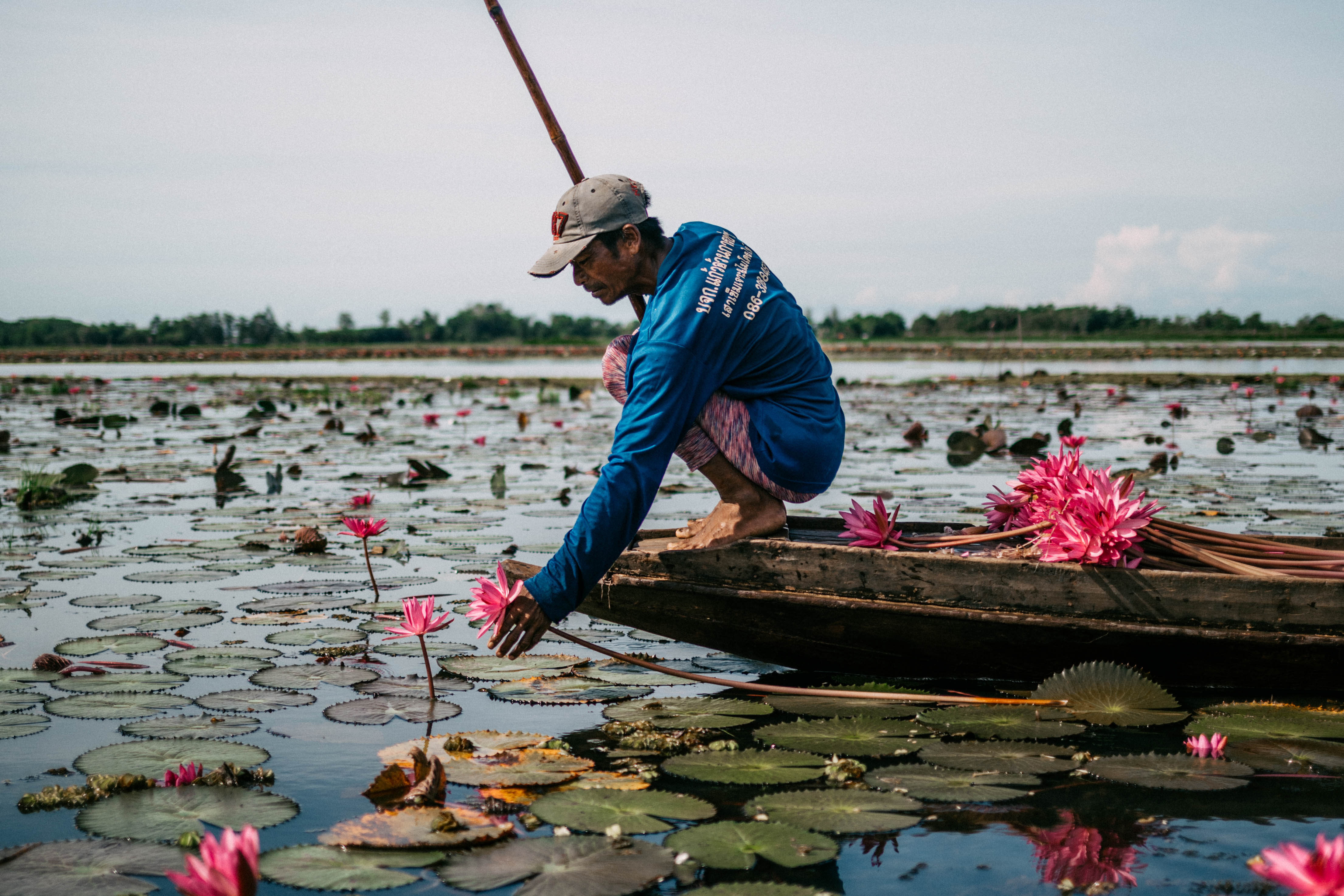
Part of his mission is to promote the sustainable use of peatland resources and top of that list is popular peatland grass - Krajood (also known as Grey Sedge). A visit to the Kreng subdistrict, or the Land of Krajood as it is called, highlighted the importance of this unique vegetation. Bundles of krajood were drying in front of almost every home we passed in the area, to be weaved into popular consumer items such as bags, carriers, and carpets.
In fact, the raw krajood industry brings in 13 million baht to the country per year and entire communities depend on it for their livelihood. Unfortunately, this means there is intense pressure for communities to meet market demand. As we watched a krajood harvester at work, Dr. Cherdsak told us irresponsible harvesting is threatening more than just peatlands,
“There is a high demand for krajood handbags which are made with thin and long rods. Locals believe that the more you burn the land, the longer and thinner the new growth will be. So they set fires which spread to other areas. We’re trying to change this perception, but it’s a slow process.”
Our peat hero has a three-pronged approach to tackle the degradation of peatlands. The first is diversifying the income and earning potential of the local population by turning to a new and more durable species of peatland grass - triangle sedge. “This grass used to be ignored by the locals because it looks like a weed,” Dr. Cherdsak said, “but now it can generate 4 million baht per year with only 50 people working on it. This grass helps feed the whole village.”
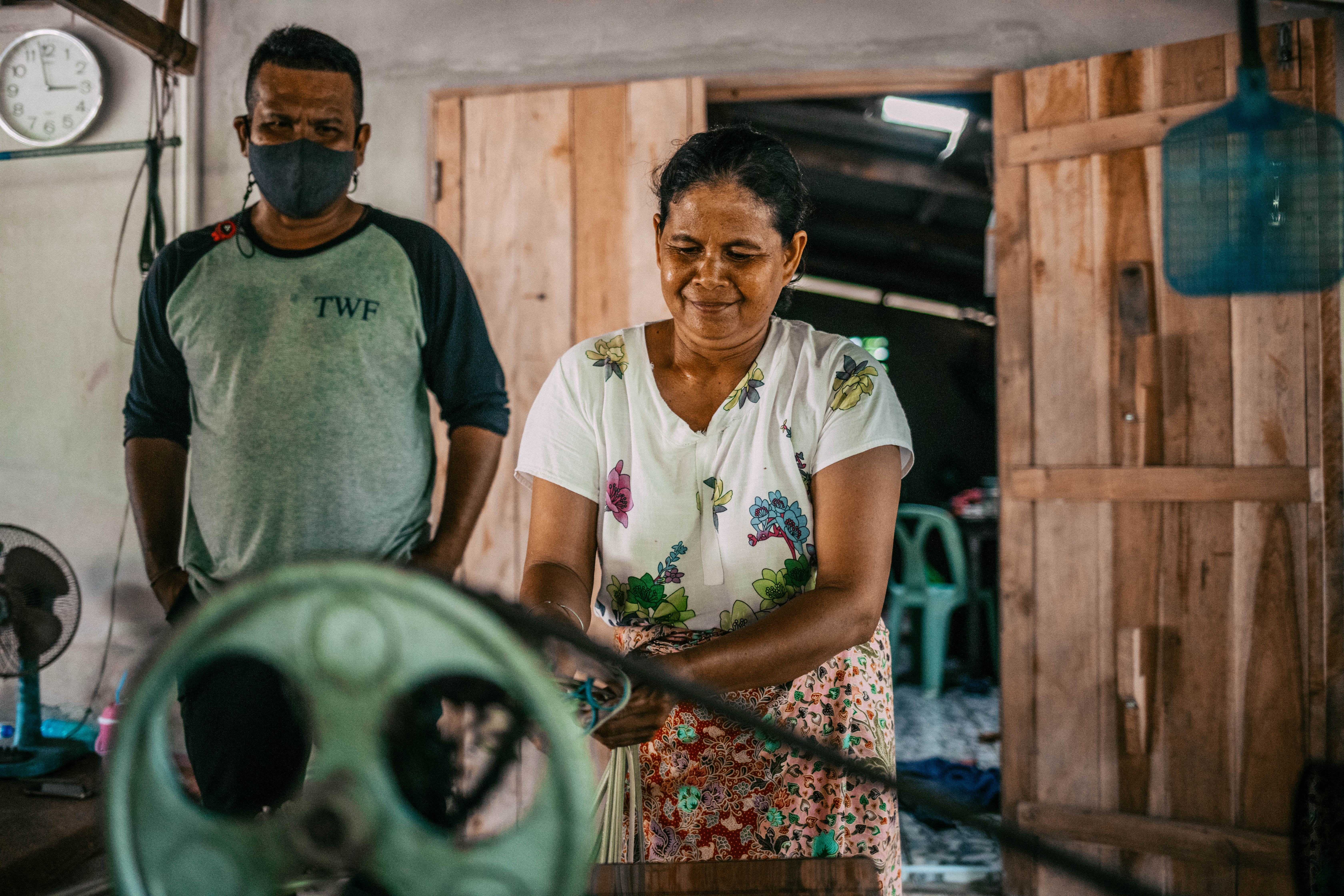
The second method is to instill a sense of pride and ownership among the local community for the peatlands they live on. Mr. Sanan is a Peat Ranger and also the head of the Ban Sai Khanun Community Forest, a model village where residents live in harmony with peatlands.
Through an interpreter, Mr. Sanan told us that everyone here is responsible for the 400 metres of land behind their home. They are free to harvest the krajood in the area in return for taking care of the land and keeping it safe from fires. There is also no limit to the harvesting, which incentivises residents to keep their krajood population healthy and allows local biodiversity to flourish.
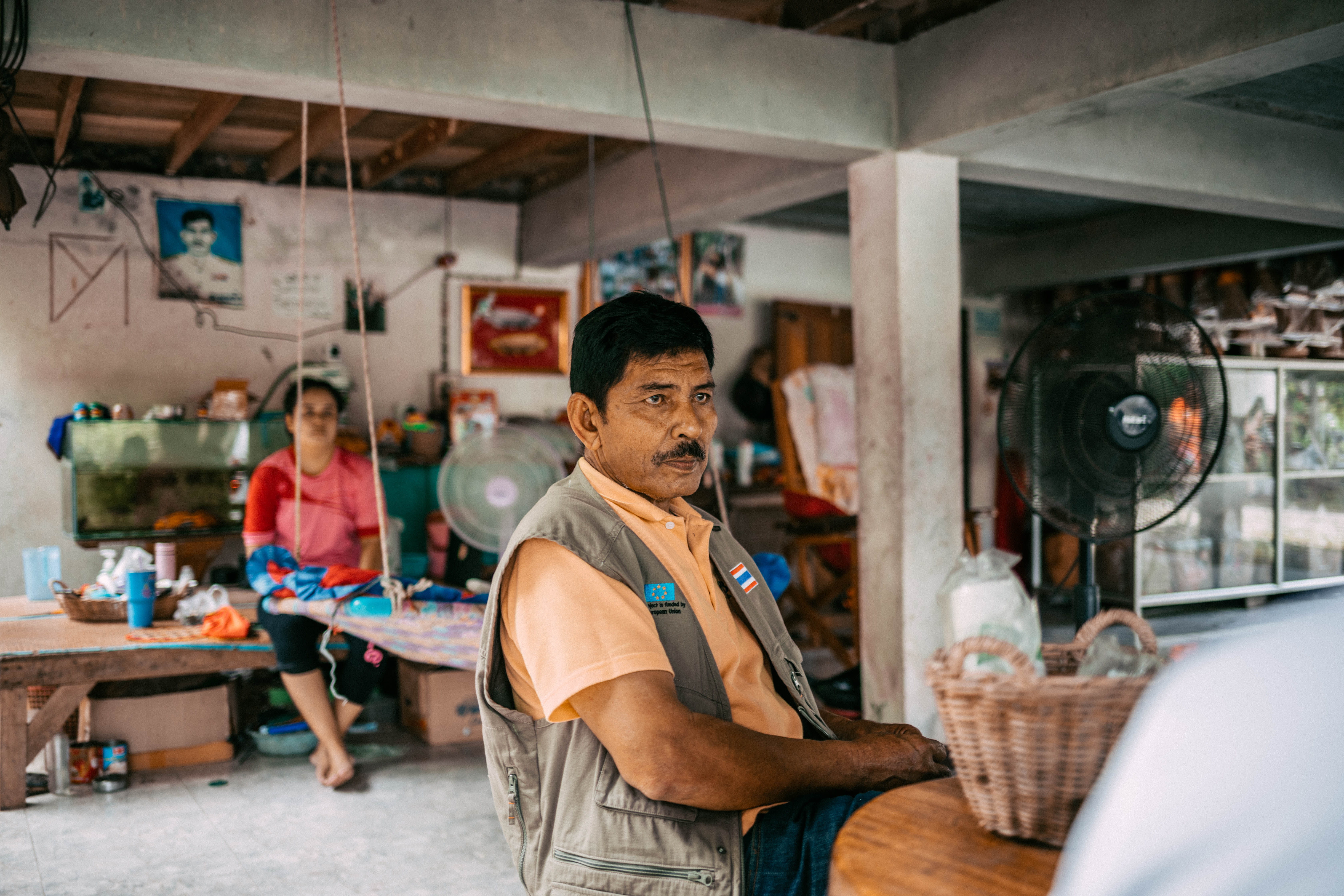
On the final day of the team’s trip to Phatthalung, we witnessed the third solution in action: education. The Pin-Rapee Bilingual School was set up 3 years ago to offer parents an environmentally-friendly and well-rounded alternative to childhood education. Once a week, students are taken on an excursion to the local peat swamp forest - the Phanang Tung Botanical Gardens - where they are encouraged to roam and explore their surroundings.
We met Karnteera “Tuke” Ingkhaninan as she was surrounded by buzzing kids carrying little booklets with bird and insect species. With a Masters in Environmental Studies and over a decade’s teaching experience, Tuke told us she founded Pin-Rapee Bilingual School to help children improve their English skills and more importantly, develop a love for nature from young, “We need to encourage the youth to love peatlands. When they love it, they will protect it.”
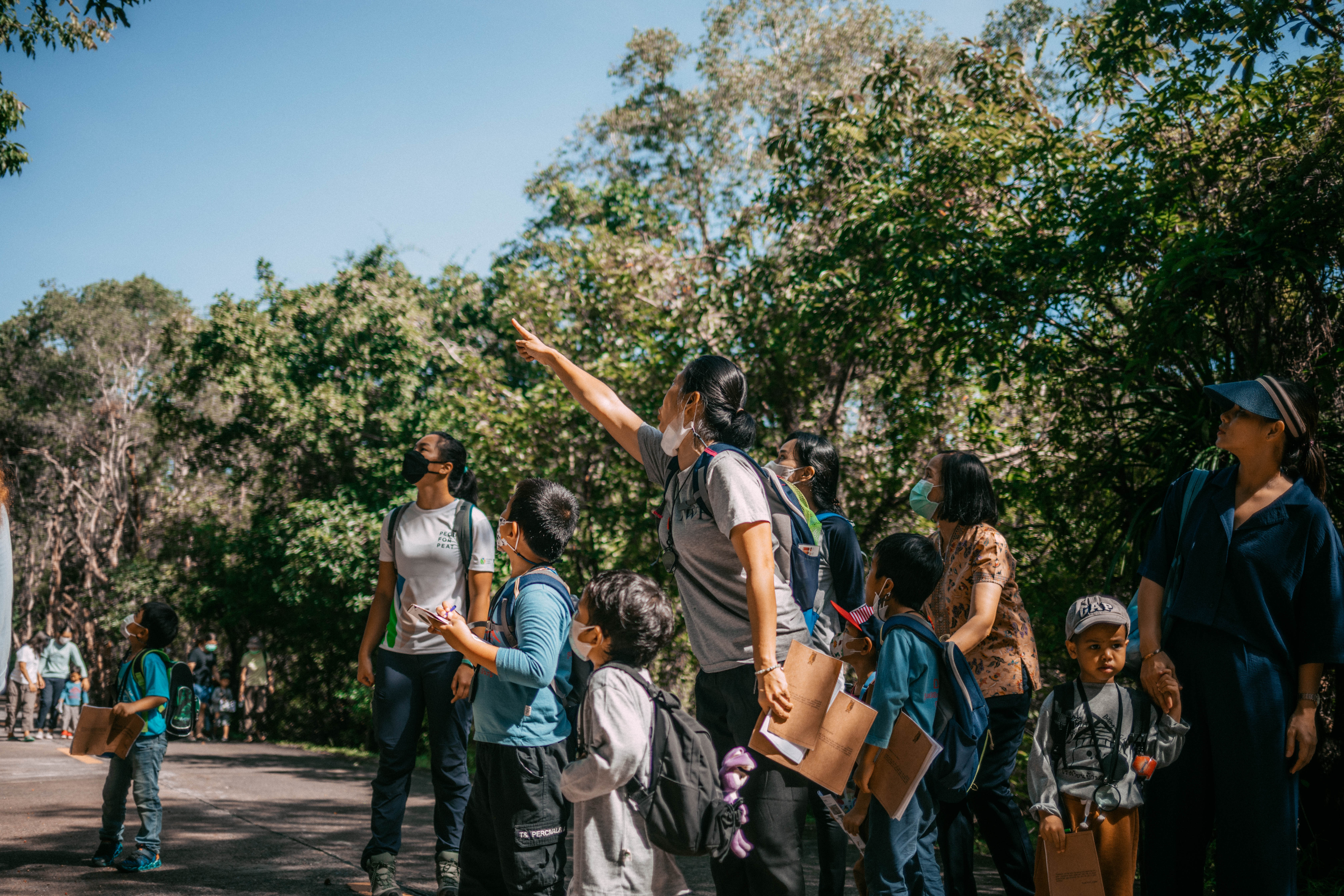
Working hand in hand with the Thale Noi Wetlands Foundation, the school trains children and youth to safeguard, restore, and utilise peatland resources sustainably. Many of the community’s children return to the fold after their studies and depend on peatland resources like honey, krajood, and fish for their livelihoods. Giving them a good grounding in peatland protection and offering junior peat ranger training sessions ensures there will be guardians for this vital ecosystem, long after our peat heroes are gone.
Exploring the beautiful botanical gardens and listening to Tuke explaining to a four-year-old boy why it is important to keep peatlands wet, I felt in awe of the lengths these peat heroes go to day-in and day-out to conserve and protect their beloved peatlands.
As we boarded a plane back to Malaysia, I reflected on one of Dr. Cherdsak’s first words to us when we arrived in Phatthalung,
“I grew up here, but I never knew about peatlands or how important they are for the ecosystem until I left. Now I’m back to protect them. I want everyone to know that peatlands should be conserved. We should be proud of our land and protect it for our children.”
--------------------------------------------------------------------------------------------------------------------------------------------------------------------------------------------------------------------------------------------------------------------------------------------------
Explore Southeast Asia’s Peatlands from the comforts of your own home through our Peatland Travels Video Series.
Head over to our YouTube Channel for more.